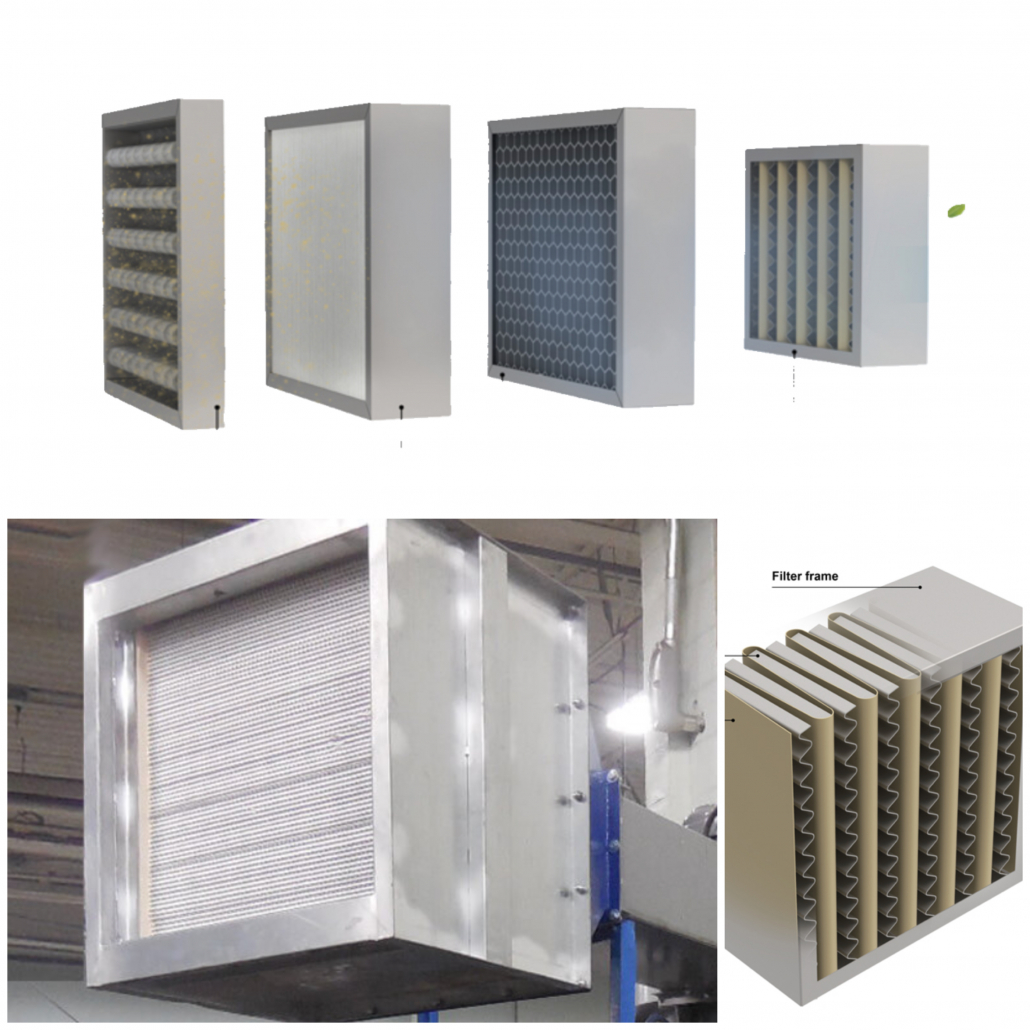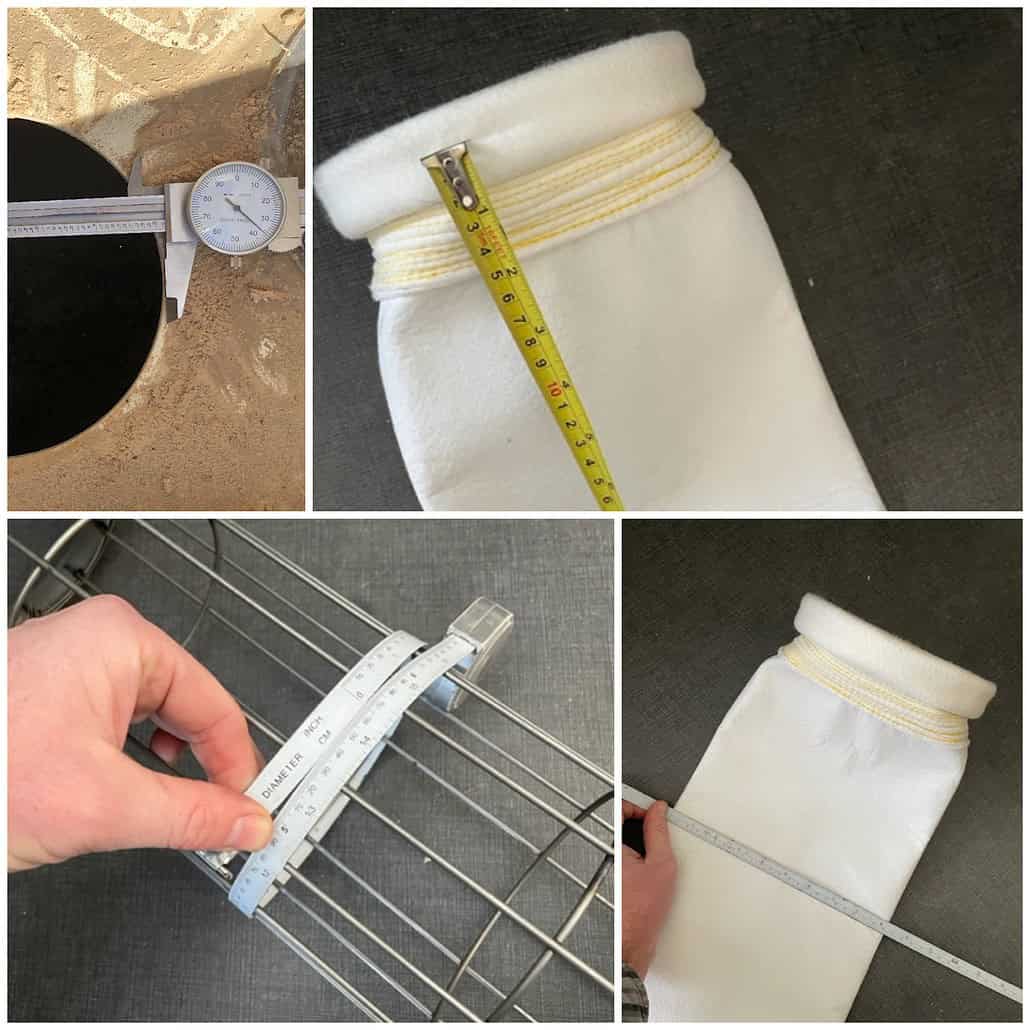Massive steel mill looks to revise its air permit to allow for proportionally huge increases in its emissions, particularly PM10, VOCs, lead and manganese from its industrial dust collection system. Neighbors say its already emits far too much while the company says it is only a correct to reflect the actual state of the plant and will not result in increased emissions.
By Dominick DalSanto
Baghouse Technology Expert and Sales Director
Baghouse.com
Controversy has surrounded a recent application to modify the air permits for a Severstal Steel Mill. Last week, the plant submitted an application to revise its current air permits with the Michigan Department of Environmental Quality for its operations at the Dearbourn, Michigan facility. Specifically, the revisions will allow for large increase in particulate emissions for the plants industrial dust collection systems, i.e. its baghouses. The company says that the revision is not an application for an increase, but rather a modification of the old permit which was inaccurate. The company claims that no increase in emissions will occur, only that the air permit will now accurate detail the existing emissions at the plant.
Neighbors and environmentalists in the area are not buying it. “Just to make a profit, you are going to expose these kids to pollution,” said Haidar Abdallah “That’s wrong.” Given that the area surrounding the massive plant, which produces over 5 million metric tones of rolled sheet and another 1.5 galvanized and galvannealed sheet in 2012, is already one of the most heavily polluted in the country. The EPA estimated the area’s toxicity score as 45 times that of the statewide average.
Looking for baghouse filters? Contact us today for a free quote! Now providing free on-site visits in Las Vegas, Houston and San Diego Areas!
Dust Emissions Increase or Revision to Accurate Levels?
The majority of the debate revolves around differing views on the increases in the plant’s application for the revised limits. According to the plant, “the permit Severstal is seeking from the MDEQ does not authorize us to emit more pollutants. The permit is a technical correction that is based upon the results of stringent testing rather than upon estimates. With this permit correction, Severstal will continue to meet all applicable state and Federal air regulations for the protection of the public health.”
Severstal bought the plant in 2004, when the Rouge Steel (the previous owner) declared bankruptcy. Since then, the company claims to have poured over $1.7 billion into the plant, largely in the form on new pollution controls such as improved dust collection systems. The plant recently upgrading several of its lines with “two state-of-the-art air pollution control baghouses” to control PM, lead and manganese emissions. According to the company, when they acquired the nearly 100 year old plant, it had not and could not provide accurate measurements of its emissions to the state regulatory board. They claim they followed a plan approved by state regulators to “plan, do, check, and act”. They invested in the new control technology, then they proceeded to check the emissions, and now they are simply submitting a now accurate report on the plant’s emissions levels.
While the company’s story does have merit, it is still hard to swallow the large increases bourn out by the numbers released from the application. In some cases, the plant is asking for a revision of over 5,500% of its lead emissions. On average, the company is asking for an increase for emissions of about 725 times the amounts previously allowed for. It should be noted that many of these increases are proportional, the real amounts here are still very small on many categories. (see chart below)
Residents and workers have cause for concern. The dangers from particulate (i.e. dust) pollution are well established and very real. Particulate matter exposure is linked to respiratory health problems and is proven to be an aggravating cause of several cancers and other respiratory aliments. Even more so the other contaminates involved here, namely lead and manganese pose a health risk. According to the American Lung Association, lead dust exposure ” can harm every system in the body, particularly targeting the nervous system.” It also can cause severe brain and kidney damage, especially in young children. Additionally, manganese is known to cause severe damage to the central nervous system.
In any case, the company will still have to win over the state regulatory boards to its side to gain approval for its plan. A public hearing on the issue has been scheduled for March 19th at Henry Ford Community College. Information portion starts at 6 p.m. and the public hearing begins at 7 p.m. The company has already invested a large amount of capital into bringing the plant into compliance with state and federal air pollution regulations for particulate matter, lead and other pollutants. Whether or not it has been enough may depend on how severe the public backlash over the dirty nature of its plant and more importantly its response.
| Pollutant | Location within Severstal plant | Currently allowed | Proposed revised | % increase |
|---|---|---|---|---|
| PM10 (fine-particle dust) | B Blast Furnace Casthouse Baghouse | 2.85 lbs/hr. | 7.6 lbs/hr | 167% |
| PM10 | C Blast Furnace Casthouse Baghouse | 5.70 lbs/hr. | 18.24 lbs/hr | 220% |
| PM10 | Relading fugitives | 3.22 tpy (12-month rolling average) | 3.6 tpy (12-month rolling average) | 12% |
| PM10 | Desulfurization – baghouse | 1.55 lbs/hr. | 3.6 lbs/hr. | 132% |
| PM10 | Desulfurization – roof | 6.88 tpy (12-month rolling average) | 24.38 tpy (12-month rolling average) | 254% |
| PM10 | BOF electrostatic precipitator | 37.7 lbs/hr. | 47.5 lbs/hr. | 26% |
| PM10 | BOF fugitives | 7.25 tpy (12-month rolling average) | 28.3 tpy (12-month rolling average) | 290% |
| PM10 | Combined B/C blast furnace casthouse fugitives | 10.16 tpy | 15.04 tpy | 48% |
| PM10 | Combined B and C stoves | 14.16 lbs/hr. | 27.84 lbs/hr. | 97% |
| PM10 | BOF baghouse | 3.35 lbs/hr. | 17.71 lbs/hr. | 429% |
| CO (Carbon Monoxide) | BOF electrostatic precipitator | 3,057.4 lbs/hr. | 7,048 lbs/hr. | 131% |
| VOC (volatile organic compounds) | C Blast Furnace Casthouse Baghouse | 6.77 lbs/hr. | 9.92 lbs/hr. | 47% |
| VOC | Combined B/C blast furnace casthouse baghouses | 27.0 tpy | 49.42 tpy | 83% |
| Lead (Pb) | C Blast Furnace Casthouse Baghouse | 0.00015 lbs/hr. | 0.0077 lbs/hr. | 5033% |
| Lead (Pb) | Desulfurization – baghouse | 0.000278 lbs/hr. | 0.0016 lbs/hr. | 476% |
| Lead (Pb) | Combined B/C blast furnace casthouse fugitives | 0.000087 lbs/hr. | 0.0064 lbs/hr. | 7256% |
| Lead (Pb) | Combined B/C blast furnace casthouse baghouse | 0.000223 lbs/hr. | 0.00753 lbs/hr. | 3277% |
| Manganese (Mn) | C Blast Furnace Casthouse Baghouses | 0.00256 lbs/hr. | 0.042 lbs/hr. | 1541% |
| Manganese (Mn) | Desulfurization baghouse | 0.00064 lbs/hr. | 0.013 lbs/hr. | 1931% |
| Manganese (Mn) | Combined B/C blast furnace casthouse fugitives | 0.006 lbs/hr. | 0.0448 lbs/hr. | 647% |
| Manganese (Mn) | Combined B/C blast furnace casthouse baghouses | 0.00385 lbs/hr. | 0.0597 lbs/hr. | 1451% |
Links
News article with full text of company’s statement regarding the revised emissions application.
| Dominick DalSanto is an author & dust collection technologies expert, specializing in dust collection systems. With nearly a decade of hands-on working experience in the industry, Dominick’s knowledge of the industry goes beyond a mere classroom education. He is currently serving as sales director at Baghouse.com. His articles have been published not only on Baghouse.com , but also on other industry related blogs and sites. In his spare time, Dominick writes about travel and life abroad for various travel sites and blogs.






